Lake LaVerne swan retiring after lover’s death
Iowa State’s remaining swan pictured while molting, the act of shedding old, worn-out feathers to make room for a new coat to grow in.
One of Iowa State’s pet swans died while the university prepared to update its means of caring for Lake LaVerne and its inhabitants. Meanwhile, Iowa State will find a new home for the lonely swan.
The current generation of Iowa State’s swans, Lancelot and Elaine, were placed in Lake LaVerne in 2003. Having lived approximately 19 years at Iowa State, the deceased swan lived up to the bottom end of its typical 20 to 30-year life expectancy. The remaining swan, with the potential for another several years of life, will likely be retired, allowing Iowa State to introduce two new swans to the lake.
“I think swans can live between 20 and 30 years,” said Chris Strawhacker, a campus planner for Facilities Planning and Management. “We think it died of natural causes. Some of it could have been just getting kind of old. It potentially could have lived longer, but it wasn’t a surprise that it had passed when it did.”
Strawhacker said the swan’s death coincided with a study currently being conducted at Lake LaVerne to help determine what Facilities Planning and Management can do to improve the lake. While Facilities Planning and Management typically treat the lake to reduce algae growth, the lake was left untreated this year.
“One of the things that we’re considering is that how we manage the swan has some impact on the water quality,” Strawhacker said. “So we want to think about that as we think about doing things differently.”
The swans are, for the most part, self-sufficient, requiring little food or assistance from members of Facilities Planning and Management. Strawhacker said aerators in the lake keep portions of the water clear of ice while supplemental food from a feeder along the lake’s south shore helps keep the swans well fed through the winter.
“So we want to wrap up that study, learn what we can and fold that into our decision on the replacement of the swans,” Strawhacker said. “We would likely bring two new swans together to the lake so that they would be two swans of the same age, and then that might mean that we would retire the existing swan in a new home for that one swan.”
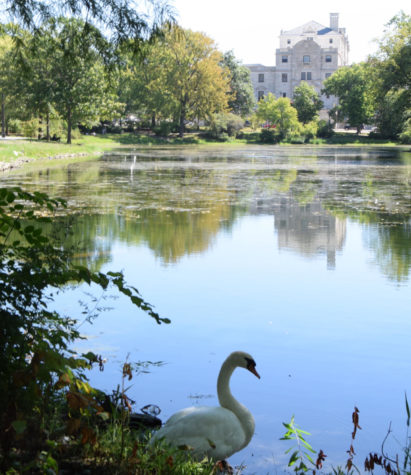
The study will end this fall, then Facilities Planning and Management will look at changes to be made, such as dredging the lake and stabilizing the shoreline.
“So it’s a diverse ecosystem,” Strawhacker said. “So all of those things are interconnected and we need to understand how they all work together.”
Iowa State has kept a pair of swans on its campus since 1935, continuously naming the swans Lancelot and Elaine, referencing lovers from the poem “Idylls of the King,” according to a recent news release on Inside Iowa State. Despite the romantic implications of the name, Iowa State has not housed a mating pair of swans since 1999.
In 1995 Iowa State began using a mating pair of trumpeter swans to assist the Department of Natural Resources in an effort to reintroduce the species of swan to the wild. Due to the swan’s aggressive tendencies and lack of regard for traffic, Iowa State replaced the trumpeter swans with a male pair of mute swans in 1999.
As the male pair aged and became aggressive, Iowa State again retired the pair of swans and replaced them with a female pair of the same species in 2003. This generation of Lancelot and Elaine continued to inhabit Lake LaVerne until the recent swan’s death earlier this summer.
Because the names of the swans are mostly used to refer to the swans as a pair, the swans have rarely been distinguished from each other as Lancelot or Elaine. Thus, it is unclear whether Lancelot or Elaine has died; all that remains is a lonely swan with no name.
Your donation will support the student journalists of the Iowa State Daily. Your contribution will allow us to purchase equipment, send our student journalists to conferences and off-set their cost of living so they can continue to do best-in-the-nation work at the Iowa State Daily.


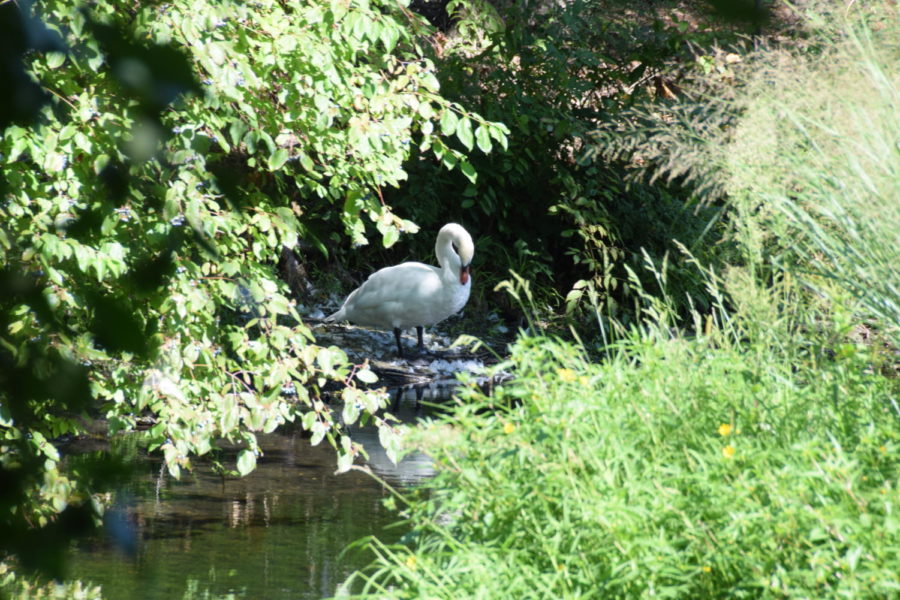

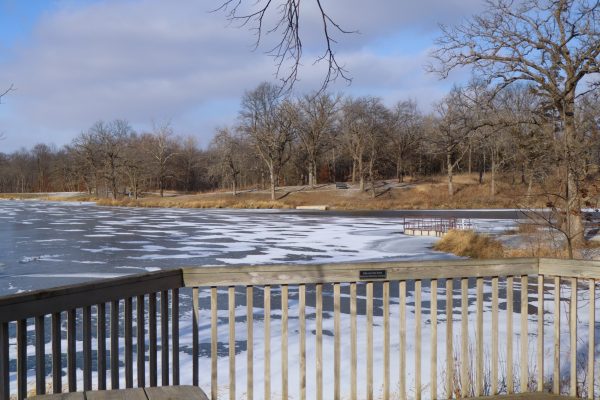


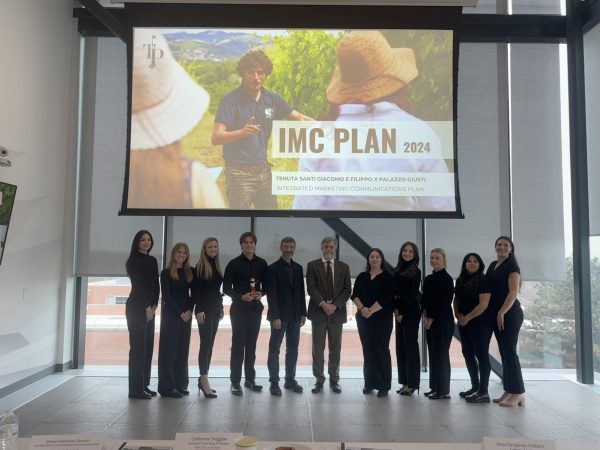

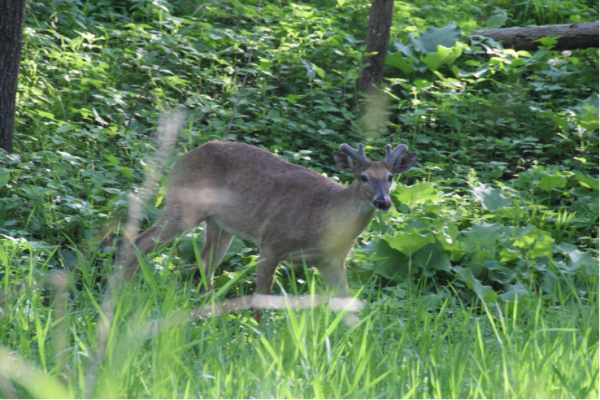

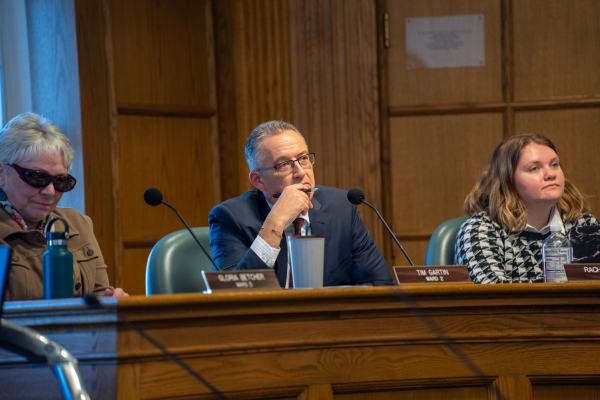

Ranch | Sep 1, 2022 at 10:42 am
Poor little bugger.